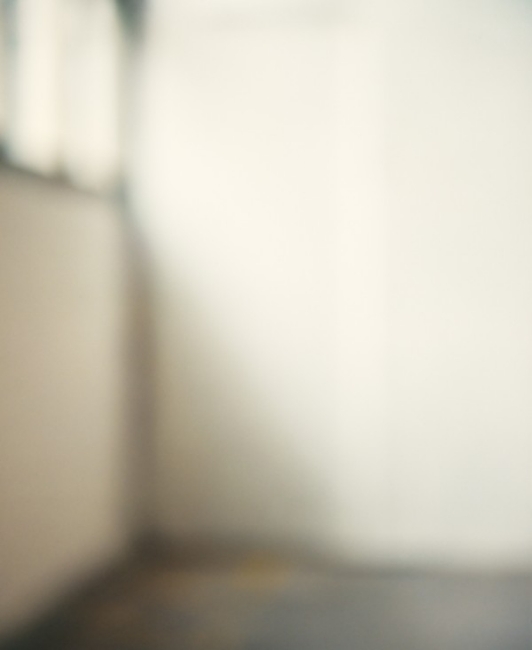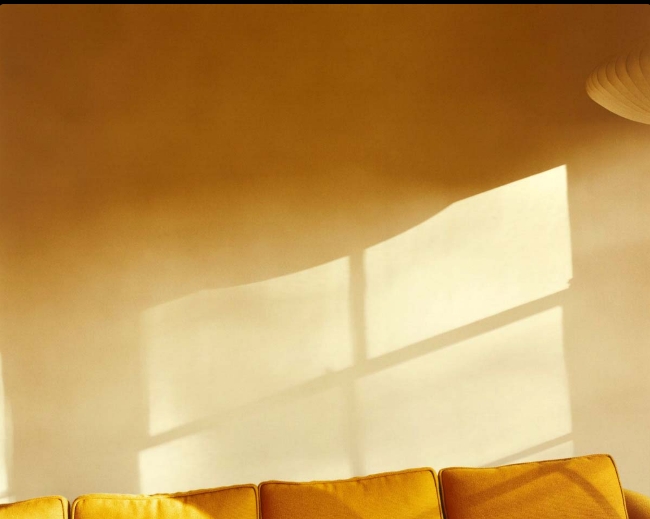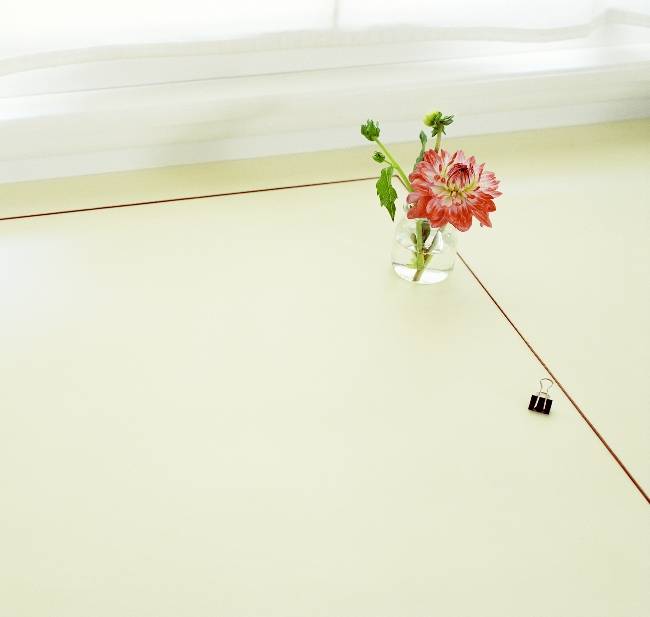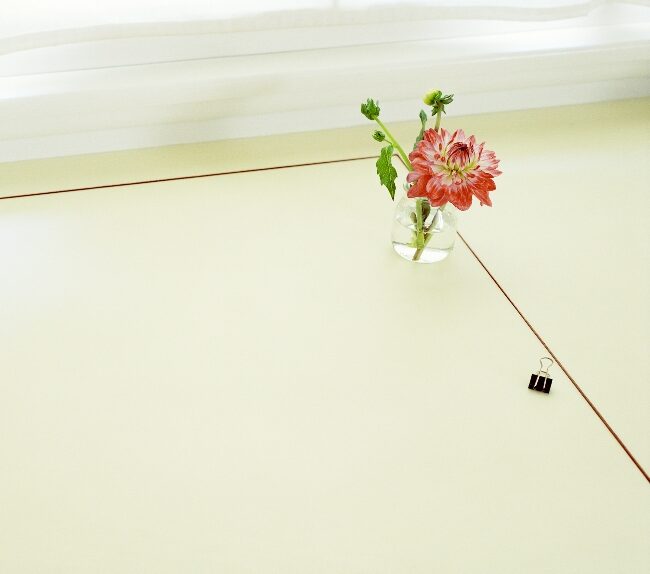We are accustomed to seeing–and shooting–photographs OF something. Some person, some object, some thing. In fact, for most of us the subject of the photograph is also the reason for the photograph. We shoot photographs OF a tree, OF a friend, OF a kitten or a sunset or a person walking down the street.
Not so for Uta Barth.
Barth was born in Germany in 1958. More specifically, she was born in Berlin. Still more specifically, she was born and raised in West Berlin. During the Cold War, Berlin was a divided city–literally divided by a wall. Uta Barth spent the first twelve years of her life in what could be described a small democratic enclave completely encircled by a totalitarian Soviet puppet state.
When she was twelve, her father obtained a research grant from Stanford University; her family moved to California. The culture shock must have been staggering. But Barth adapted. She earned a couple of necessary degrees and became a conceptual fine arts photographer.

What does that mean, a conceptual fine arts photographer? In Barth’s case, it means her photography isn’t about what is seen in the photograph; it’s about the act of seeing itself. How does one take a photograph about the act of seeing? By removing the subject from the photograph. By situating the photograph in a setting that’s both anonymous and familiar. By eliminating all but the most universally abstract elements from the frame.
There is something inherently perverse in Uta Barth’s approach. Photography is such a purely visual medium that removing the subject feels profoundly counter-intuitive. Yet it also makes a great deal of sense because photography as a craft or art is so utterly dependent on the visual. What better medium is there for exploring the act of seeing?
At first glance, Barth’s photography seems very simple, and in the conventional sense that’s absolutely true. Her images generally conform to very traditional rules of composition…with the obvious exception that there is no overt subject. The absence of a subject is so conspicuous that the mind’s eye almost aches to fill that void. That’s why Uta Barth’s work benefits from–and deserves–more than a first glance.
Clearly, Barth has a reason for constructing these photographs in this way. That reason is hinted at in the title of one of her best-known series: Ground. What we are seeing (and, remember, the act of seeing is at the heart of her work) in much of her work is what would ordinarily be the foreground or background of a conventional photograph. In a very real way, Barth’s Ground series is to photography what karaoke is to music; the audience has to contribute the lyrics.

But Barth’s work is more complex than that; there is at least one more layer to her photography. By focusing on where the subject would be in a conventional photograph and by overtly calling the viewer’s attention to the absence of the subject, Barth is, in effect, turning the viewer into the subject. When the viewer is the subject, the photograph is no longer about what is in the photograph; it’s about the act of looking at the photograph.
The blurriness we see in Uta Barth’s work is not the blur we saw in Ken Rosenthal’s work. Where Rosenthal blurred his imagery in order to make the subjects universal, Barth uses blur purely as an expression of the organic act of seeing. When we look at a thing, we automatically and unconsciously focus on it. We don’t notice that other things also in our field of vision are blurred and out of focus because our eyes are constantly adjusting and shifting focus.
“People often refer to my work as “out of focus” and I always counter that it is perfectly in focus, the camera just happens to be focused on an unoccupied point in space.”
In a subtle way, Uta Barth uses that blur to ask the viewer a question: is the world around us only important because it is around us? Is our physical environment only worthwhile as a backdrop for ourselves, or the things we want to focus on? By drawing our attention to the blurred foreground and background and away from what would be the clear subject, Barth is reminding us that the world and everything in it exists independent of us and independent of anything to do with us. The world is NOT just our background.

Barth deliberately clears away any sign of herself in her work. The inclusion of any personal item, she says, makes the photograph about her.
“Shoes on the floor, clothes, letters and objects on my desk immediately construct a narrative and identity of the person, and there you have it: I’m the subject.”
In a recent untitled series, Barth seems to violate her own approach. She not only photographs a thing, but the thing she photographs is certainly one of the most over-photographed subjects in the history of photography: flowers. Not only that, she is also beginning to introduce elements of herself into the frame. After a couple of decades of earnestly scrubbing herself (or any overt subject) from her work, the presentation of a binder clip lying nakedly on a counter near a vase of flowers seems downright intimate.

But, again, for Uta Barth this recent series isn’t about flowers or binder clips. As always, it’s about the act of seeing. Most people tend to see a thing and immediately begin to associate that thing with what the thing is/does. If you see a binder clip, your mind forms connections: “binder clip, secure documents, organization, administration, official.” You don’t just see the thing; you see the thing it does. Uta Barth wants you to see beyond the binder clip, beyond the flowers, beyond the vase.
There is a decidedly intellectual component to Uta Barth’s photography. Because of that, it has drawn its share of anti-intellectual criticism. There is almost always resistance on the part of some people to photography (or any other form of art) that is so clearly dependent on an intellectual approach. To some folks, such art seems exclusive and elitist; they believe intellectual art necessarily smacks of arrogance and implied superiority. There are folks who have dismissed Barth’s work on the basis that they consider it “inaccessible.”
And that’s a shame. Because in the end, her photography is less about the intellect than about the visual. Indeed, perhaps the most perverse and contrary thing about Uta Barth’s photography is that she uses an intellectual approach in an attempt to remove the intellect from the process. She does want you to think about her work, but she also wants you to NOT think about her work. She wants you to see it.

